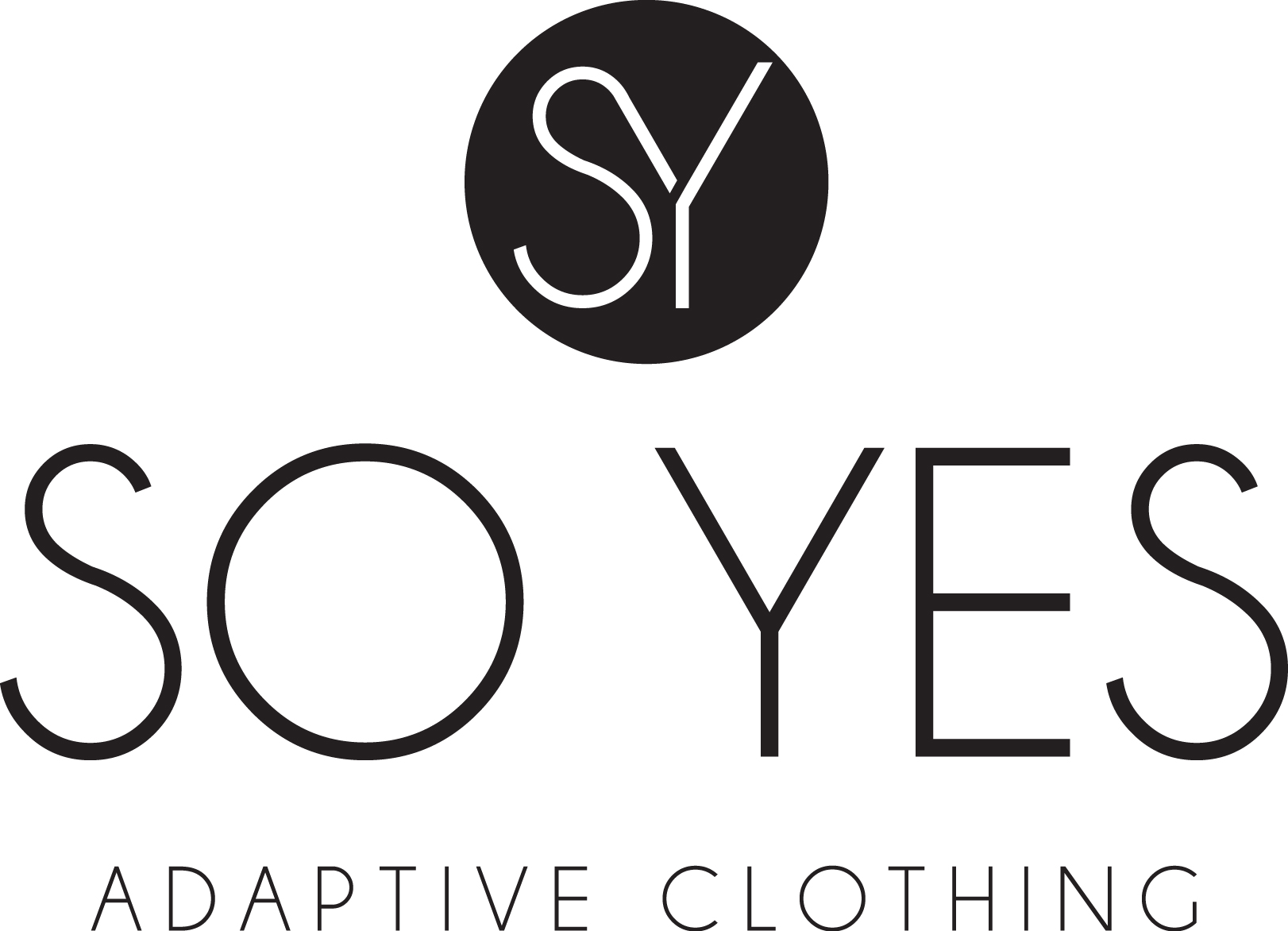We had been very curious for a long time as to how our trousers were produced abroad. As laymen in the textile industry, we felt it was essential to check it all out for ourselves. Where are our clothes produced? What are the working conditions like there? Which machinery do they have at their disposal? How do they communicate with each other? What are all the ways jeans can be washed? All questions we received extensive answers to during our visit.
All the preparations are already done in Belgium: making a pattern, working out a prototype, choosing the right material, fitting with our target audience, adjusting the pattern, new prototype etc ... until we're satisfied with the result.

The fabrics are also cut in the workshop in Belgium. A software programme puzzles all the parts of the trousers in the desired sizes depending on the fabric width. In this way, virtually not a single piece of fabric is wasted. This programme forwards the data to a large machine on which the fabrics are cut. Who ever thought that this could be automated?

After that, all the numbered pieces are transported to Tunisia for assembly.
Now that the preparations are over, we're ready for the real thing. Tunisia, here we come ...

We arrived at the hotel on Wednesday evening. After a nice supper we crawled under the covers early so we could start our well-filled programme on Thursday.
Stop 1: The production workshop.
Every machine and every part operation was explained in great detail. Unbelievable how many different steps are needed to make trousers. Surprisingly enough, a lot of manual work is also involved. There is a machine for everything, but the seamstresses have to position the parts correctly on the machine piece by piece.
The communication is all done in French. When new people are recruited, understanding and speaking French is a requirement. Every week people travel back and forth between Belgium and Tunisia to monitor production and provide explanations where necessary.
It is literally and figuratively a well-oiled machine. This is also necessary, because about 2000 trousers go through their hands every week!

The trousers are hung per 10 pieces on a clamp that goes on a complete route through the studio via a rail system. The trousers go from machine to machine and from seamstress to seamstress.

After a tour of 6 hours and a short lunch break, we were ready for the next stop.
Stop 2: The laundry.
Do you also want to know how to make the infinite varieties of jeans? Then keep an eye on our blog.
See you next time,
Sofie en Jessie

